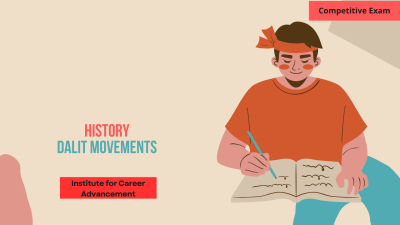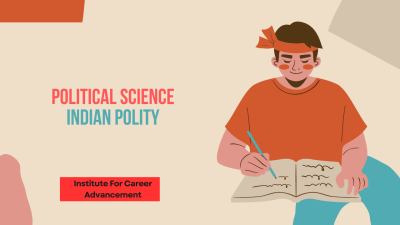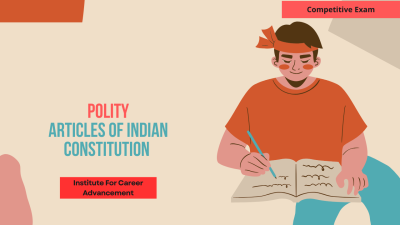Dalit Movements
Dalit Movements refer to the social, political, and cultural movements aimed at challenging the oppression and discrimination faced by Dalits (historically referred to as "untouchables") in India. These movements have focused on securing civil rights, social justice, and equality for Dalits, who were subjected to systemic exclusion and exploitation under the caste system. The Dalit movement emerged as a response to this caste-based marginalization, advocating for the upliftment of Dalits through education, political participation, land reforms, and the abolition of untouchability. Key figures such as Dr. B.R. Ambedkar, who led the movement for Dalit rights and played a significant role in drafting India’s constitution, are central to these movements. The Dalit struggles have evolved over time, with Ambedkarite, Buddhist, and Marxist ideologies shaping various strands of activism aimed at eliminating caste discrimination and creating a more inclusive society. দলিত আন্দোলন বলতে ভারতে দলিতদের (ঐতিহাসিকভাবে "অস্পৃশ্য" হিসাবে পরিচিত) নিপীড়ন ও বৈষম্যকে চ্যালেঞ্জ করার লক্ষ্যে সামাজিক, রাজনৈতিক এবং সাংস্কৃতিক আন্দোলনকে বোঝায়। এই আন্দোলনগুলি নাগরিক অধিকার, সামাজিক ন্যায়বিচার এবং দলিতদের জন্য সমতা সুরক্ষিত করার দিকে মনোনিবেশ করেছে, যারা বর্ণ ব্যবস্থার অধীনে পদ্ধতিগতভাবে বর্জন ও শোষণের শিকার হয়েছিল। শিক্ষা, রাজনৈতিক অংশগ্রহণ, ভূমি সংস্কার এবং অস্পৃশ্যতা দূরীকরণের মাধ্যমে দলিতদের উত্থানের পক্ষে সওয়াল করে দলিত আন্দোলন এই বর্ণ-ভিত্তিক প্রান্তিককরণের প্রতিক্রিয়া হিসাবে আবির্ভূত হয়েছিল। মূল ব্যক্তিত্ব যেমন Dr. B.R. আম্বেদকর, যিনি দলিত অধিকারের জন্য আন্দোলনের নেতৃত্ব দিয়েছিলেন এবং ভারতের সংবিধানের খসড়া তৈরিতে গুরুত্বপূর্ণ ভূমিকা পালন করেছিলেন, এই আন্দোলনের কেন্দ্রবিন্দু। দলিত সংগ্রামগুলি সময়ের সাথে সাথে বিকশিত হয়েছে, আম্বেদকরবাদী, বৌদ্ধ এবং মার্কসবাদী মতাদর্শগুলি বর্ণ বৈষম্য দূর এবং আরও অন্তর্ভুক্তিমূলক সমাজ গঠনের লক্ষ্যে সক্রিয়তার বিভিন্ন ধারাকে রূপ দিয়েছে।
English
Last updated
Thu, 20-Feb-2025



















